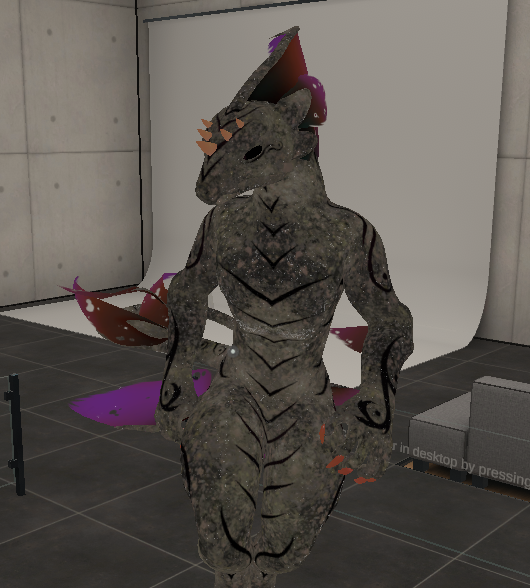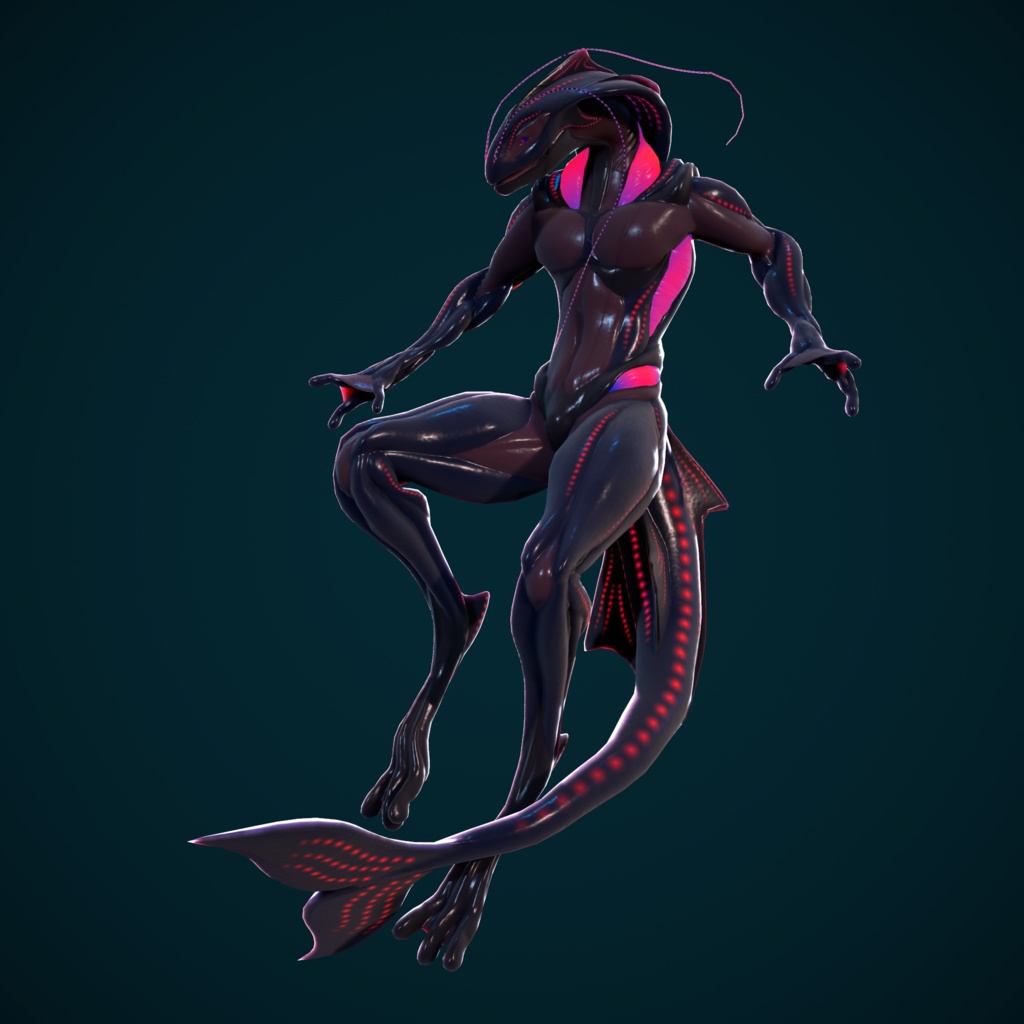The Sahuagin Tribes
The sahuagin are amphibious beings that look like a mix between reptiles and fish. They have long contested with the terrestrial races and live throughout various areas of the world.
The sahuagin (pronounced saw-ha-gin) are a race of amphibious humanoids that share the traits of salamanders and scaled fish. Highly adapted for aquatic life. They built many of their communities around traversing the depths of the ocean, lakes, and underground rivers and basins. Their tribal communities would sport an above-air forum that acted as a public space for cooking, tending to children, and processing Hunted and gathered materials.They stand tall, typically as tall or taller than humans, with powerful, slick-scaled bodies and fins that are found on their arms and tail, as well as one especially large one that runs down their back. They look like lizards but actually have an anatomy closer to some ancient fish than reptiles. Their skin texture and colors can vary widely and range from all the rainbow colors. Within the tribe, the colors of its fin and the vibrance of its hue are signs of health and prosperity and are even used to interpret things like personality, destiny, and mood, much like other superstitions.
Sahuagin society is built around communal living and a balance between the water and land. Land and air are stable factors and represent order and stability. You cook, clean, raise children, and sleep on land because the earth grounds you, including how they characterize even the practical applications of being able to cook with fire and store food for longer in dry, cool environments thanks to the stable and predictable nature of the earth. The water, on the other hand, is the lifeblood of all things. It permeates and flows instead of staying as it is. Always changing. There is an energy to water, and Sahuagin believes submerging and surrounding yourself inside it allows your senses to expand and your understanding to grow.
Sahuagin lives in tribes and tight-knit social structures within underground cave systems or on remote islands. They avoid living near other kinds of people and are wary of most outsiders due to their hunted history. Highly communal by nature and incredibly intelligent beings, individuals tend to be trained in several different trades or skills and utilize them as needed. Each tribe is structured with an elder who is the supreme authority within the tribe, followed by a sage, an advisor of sorts, and a second in command who is appointed based on being selected by the elder from the collection of shamans and medicine makers in the tribe. The Elder’s spouse, regardless of age or gender, is the third authority if the other two are busy or absent. The sage traditionally oversees all shamans and medical trained members of the tribe, as the creation of medicine and the treatment of the sick is taken very seriously and is a spiritual responsibility.
The majority of the tribe consists of hunters, gatherers, guards, artisans, craftsmen, cooks, weavers, and artists. Children are raised communally from birth, with every child directly cared for by all the other adults in the tribe instead of select paternal figures. Children typically grow up to have several role models throughout their lives.
Sahuagin are impressively clever and intelligent, adaptable to several situations, and quick learners. Traditionally, only shamans can learn magic, but those who accidentally or inadvertently awaken affinity powers are still fostered and typically taken under the wing of the tribe sage regardless of their lack of shaman status. Many become shamans after that and utilize magic to aid their community.
The sahuagin were a widespread species of people, with diverse communities found throughout several of the large bodies of water worldwide. Several sahuagin tribes, however, independently became contested with other races over water resources. More than once, encroaching civilizations found sahuagin within their waterways and acted with disdain and malice, trying to get them to leave. despite being incredibly intelligent beings, they were framed as an invasive force by several world cultures. Debates over who had been in the water first were heated, and some did not leave it up to debate. Sahuagin developed a cruel nickname as “Sea Devils,” aquatic boogeymen Responsible for dragging innocent and unwary people getting close to waterways into the briny deep.
Sahuagin and their unique diverse tribes vary greatly from one another. Traditions, art styles, body paint markings, and even vocal inflections and dialects held distinct differences between tribes. As the conflict between landfill and sahuagin heated up, tribes reacted differently. Some tribes moved entirely. Others hid their presence, whilst others violently lashed out, defending their claim with force or even trying to scare off invaders to get them to leave. Regardless of this resistance, it is a well-known fact today to historians and anthropologists that a species-wide wipe of much of the sahuagin population, either due to violence or being unable to survive in the environments they were forced out into, led to the death toll for sahuagin to skyrocket.
Stone Scale Tribe The sahuagin in Leefside are known as the Ter-Sha, the “Stone Scales.” They are hardy folk who live in a network of underground caves connected by submerged caverns and rivers throughout southern Nokmar. Their home is known as Medina Vara. They are easily identified by their stone-colored skin, which has a rough texture like rock. Their fins can vary the full spectrum of vibrant colors. The Ter-Sha were sent underground by dragon occupation of the area and later found conflict with Leefside’s earliest settlers. After a visit from the Wardens about a year ago, they are still mixed about surface dwellers as a whole. But some are more amicable, typically of the younger generations not scorned by generational traumas. The Ter-Sha have a strict ruling that only tribe members who are fluent in the common overworked tongue may venture into the overwork. At least three members of the community retain fluency in the language and hold renowned titles as translators. Given certain parts of their home are built within the ruins of dragonkin castles that collapsed into the ground after an earthquake, these translators help decipher things left behind in these areas. The Ter-Sha also have a rudimentary understanding of Yornish runes that, whilst not powerful, are staple uses in things like creating bonfires, purifying water, cleaning, and strengthening structures around them. The native tongue of the Sahuagin, sometimes known as “Saha,” is a whispering and breathy language that sounds like a mixture of words accentuated by hissing and clicks.
Fury Fang Tribe The Fury Fang sahuagin are an enigmatic and striking tribe of amphibious, lizardlike beings who dwell in secrecy within the Vale Forest. Their dark, slick skin is adorned with bioluminescent spots, ridges, and lines that glow in mesmerizing hues from red to violet, giving them an ethereal appearance. Long, thin antennae extend from their heads, moving as if untouched by gravity, lending them an otherworldly grace. The Fury Fangs possess a unique innate ability: empathetic communication, a telekinetic sense that allows them to share and perceive the emotions and sensations of their kin. This ability is not merely a survival tool but the foundation of their tightly interconnected society, fostering deep bonds of understanding and unity within the tribe. The Fury Fangs live in the hidden underground settlement of Chara Nuvala , a breathtaking bioluminescent lake surrounded by intricate tunnels. The Fury Fangs are a passionate and deeply spiritual people known for their complex cultural and esoteric practices. They venerate a figure known as Eufloria, a mythical entity they believe to be the origin of their empathetic abilities and a benevolent guide for their destiny. Fury Fang society is intensely communal, relying on their empathetic link to foster cooperation and mutual support. Decisions are made collectively, with the tribe’s emotional consensus guiding their actions. This interconnectedness makes them a formidable and unified community capable of extraordinary coordination and understanding. When roused to war, they are a fearsome foe, operating with unparalleled coordination as their empathetic connections allow their members to survey and flow the battle from the perspectives of every one of its members.
Date Submitted
June 15, 2023
Contributors
foxhound99



